Nowadays, in the jewelry boxes of modern Ukrainian women, along with gold and silver jewelry, you can increasingly find ancient “grandmother's” treasures: coral beads, dukachi or balamuts. A few generations ago, these and other jewelry were an important component of both everyday and festive looks of Ukrainian women, and not a rarity that is worn once or twice a year for a holiday in combination with embroidery. We want to tell you about the most common jewelry from “grandmother's treasure box”, which was worn in almost all regions of the country.
Necklace

There were many varieties of necklaces. The most valuable were jewelry made of expensive natural materials: amber, coral, pearls, garnets, as well as glass and smalt. The most common necklace in Ukraine was coral (a good necklace, a real necklace). This jewelry was evidence of the wealth of the girl's family. Corals were distinguished by color, size and decoration. The most valuable were rich red, decorated in the form of ovals or barrels, with large beads in the center (they were often set in silver). There could be up to 25 of these necklaces on a girl's neck (girls from very wealthy families). Corals were not only a decoration, but also a talisman of girlish beauty and health and protected from evil spirits.
Troubles

A mother-of-pearl necklace, which was a sign of maiden honor (it often adorned the bride's wedding dress and was passed down from mother to daughter). In Ukraine, it was considered a curiosity and not every family could afford such a piece of jewelry, so it was often borrowed by brides for a wedding.
Scribbled scribbles

They were among the most expensive pieces of jewelry. They made beads from multi-colored Murano glass, hand-painted. The necklace was made from one bead. There were also cheaper beads made from multi-colored glass. Beads of different colors were strung on one thread, which made the product bright and unique.
Salba

This neck ornament originated in Bukovina. It consisted of fabric (velvet or linen) with silver coins attached to it, sometimes with the addition of beads (some necklaces had up to twelve rows of coins – 35-50 coins). Traditionally, this ornament was given to a girl by her godfather when she turned one year old.
Dukach (Lichman)

The basis of this decoration were Austrian ducats or Russian roubles (depending on the region). The coin was attached to a metal bow decorated with stones and worn on a velvet ribbon. Sometimes, instead of a coin, images of the Virgin Mary and saints were used. The ducat was worn over a necklace (it had to be visible). The decoration was a matter of pride, as it testified to the status of the owner. Ducats were often part of the bride's dowry and were passed down from generation to generation. The first ducat was given to the girl by her godfather on her first birthday (in a year). She wore it only on major holidays.
Ducats

These were coins strung on colored woolen thread and fastened together in the form of a necklace. Traditionally, they were intertwined with beads, corals, sometimes with silver crosses, and made from real gold or silver coins.
Zgarda

Traditional Hutsul jewelry. Consists of cast copper crosses, between which tubes or spirals made of brass and copper were strung. Traditionally, zgardas had from one to three rows. A large number of crosses on the jewelry indicated the wealth of the family. It was given to a girl on Angel Day at the age of six (new crosses were added to the necklace every year). A massive zgarda with a crucifix was called "gazdivskaya".
Rustling

This ornament was widespread in the Hutsul region. It consisted of a necklace of small round bells (bells). This ringing ornament was also called "sorokivtsi".
Reefs (buttons) and crosses


Metal beads interspersed with coral. Together with a chain and a cross, they balanced large ducats. The crosses were made of silver (the wealthy wore gold) and were sometimes covered with enamel. They were worn on long chains or narrow velvet ribbons.
Fireflies (fireflies)

This necklace somewhat resembles Christmas tree decorations. It consisted of mother-of-pearl beads made of blown glass. The number of beads was very diverse (some counted up to 30). The color scheme depended only on the colors of the available beads.
Gerdans

Beaded jewelry in the form of a loop of two strips connected by a medallion at the level of the solar plexus. This jewelry was worn by both women and men (differing in the colors of the beads and patterns).
Silyanki (braided)

An ornament in the form of even multi-colored strips of beads. The name comes from the method of manufacture (stringing - stringing beads on a thread). They were often used as amulets - depending on the ornament, they protected from various misfortunes, brought good luck or health.
Crises

Round beaded collars that covered the shoulders and chest (the width of the decoration was sometimes up to 20 cm or more). They were worn mainly on holidays and were made up of several pieces of different lengths and widths with different ornaments and in different colors.
Earrings

They were one of the most common women's jewelry. They began to wear them at the age of two. Little girls' earrings were made of copper, girls and young women wore silver, gilded and gold (depending on the family's wealth). The shapes and styles of earrings were diverse: moons, crescents, bagels, chats, acorns, forget-me-nots, snakes, books, tyavochki, ducks, butterflies, berries, poppies, etc. Additional jewelry was often attached to the earrings - bows, telipons, which were part of the festive attire. Pear-shaped metal earrings were common in the Hutsul region.
These are the most popular decorations that could be seen on Ukrainian women a few generations ago (or now in old photos preserved in museums).

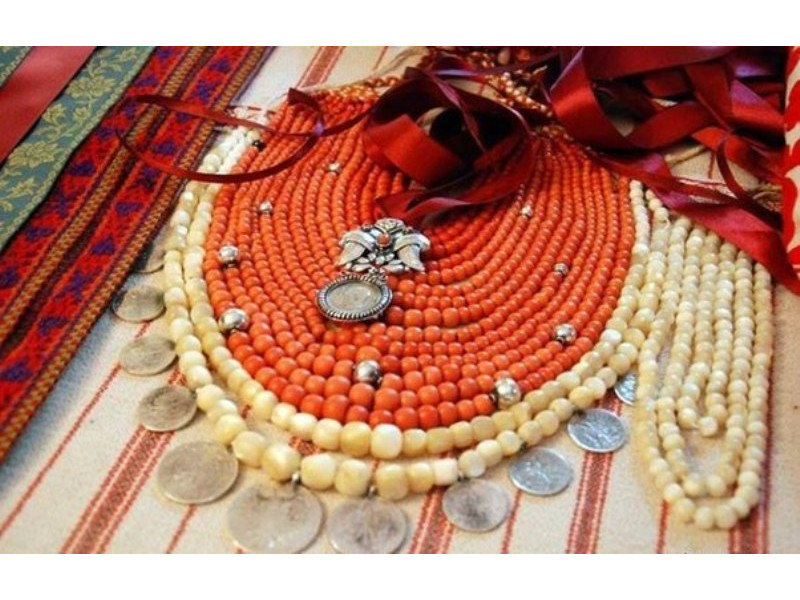
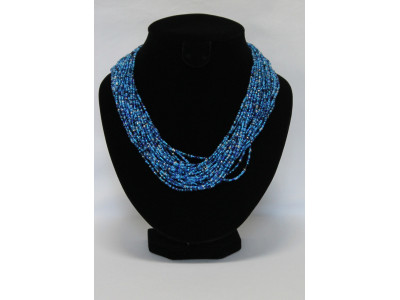
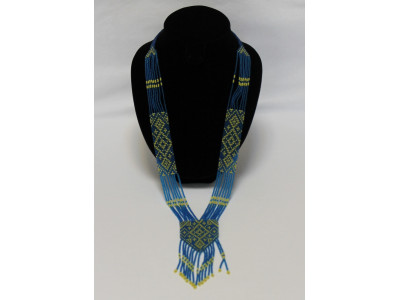
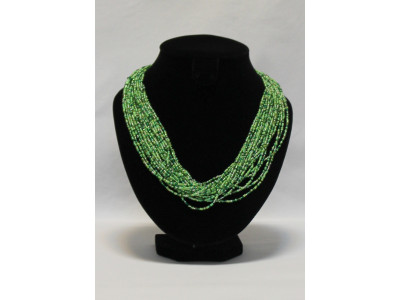
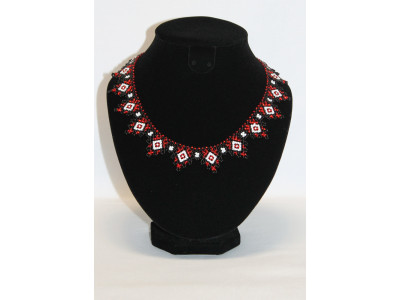
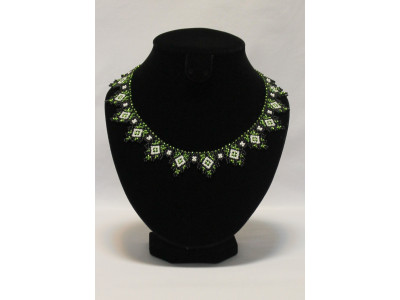
Write a comment